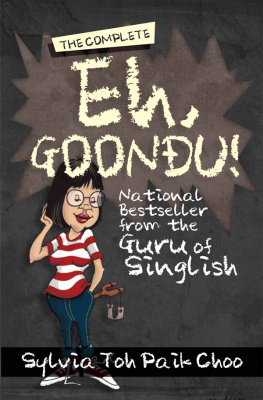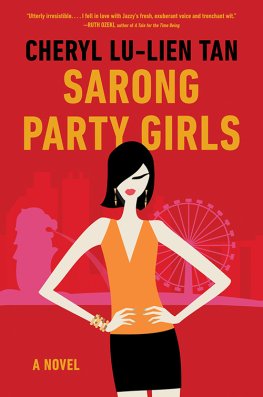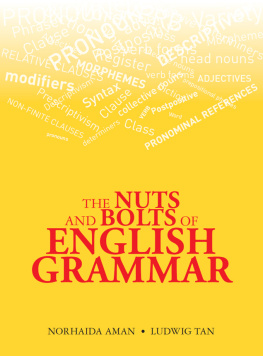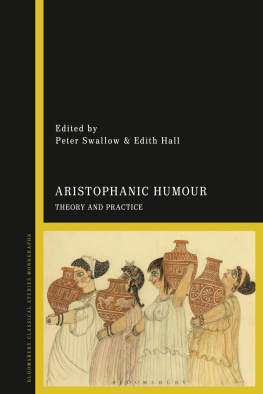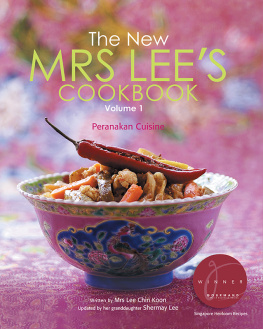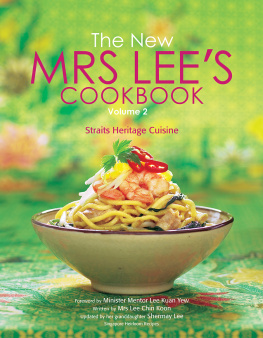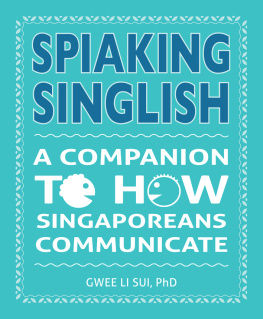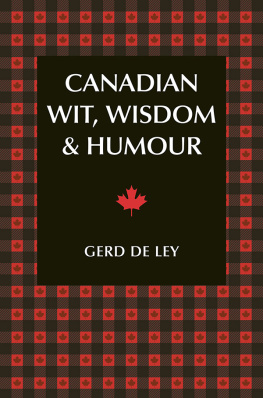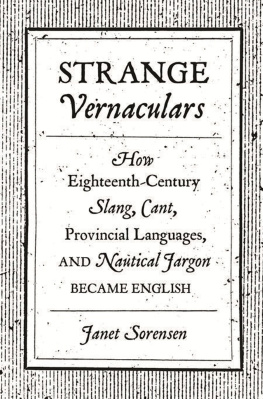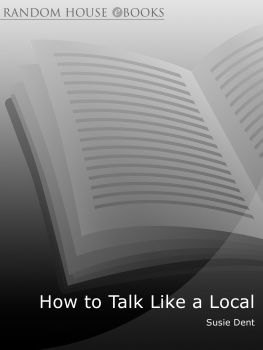Design by Steven Tan
All illustrations were previously published in Eh, Goondu! and Lagi Goondu!
Illustrations from Lagi Goondu! by Heng Kim Song
Text Sylvia Toh Paik Choo
Design Marshall Cavendish International (Asia) Private Limited 2011
Published by Marshall Cavendish Editions
An imprint of Marshall Cavendish International
1 New Industrial Road, Singapore 536196
All rights reserved
No part of this publication may be reproduced, stored in a retrieval system or transmitted, in any form or by any means, electronic, mechanical, photocopying, recording or otherwise, without the prior permission of the copyright owner. Request for permission should be addressed to the Publisher, Marshall Cavendish International (Asia) Private Limited, 1 New Industrial Road, Singapore 536196. Tel: (65) 6213 9300, fax: (65) 6285 4871. E-mail:
The publisher makes no representation or warranties with respect to the contents of this book, and specifically disclaims any implied warranties or merchantability or fitness for any particular purpose, and shall in no events be liable for any loss of profit or any other commercial damage, including but not limited to special, incidental, consequential, or other damages.
Other Marshall Cavendish Offices
Marshall Cavendish Ltd. PO Box 65829, London EC1P INY, UK Marshall Cavendish Corporation. 99 White Plains Road, Tarrytown NY 10591-9001, USA Marshall Cavendish International (Thailand) Co Ltd. 253 Asoke, 12th Flr, Sukhumvit 21 Road, Klongtoey Nua, Wattana, Bangkok 10110, Thailand Marshall Cavendish (Malaysia) Sdn Bhd, Times Subang, Lot 46, Subang Hi-Tech Industrial Park, Batu Tiga, 40000 Shah Alam, Selangor Darul Ehsan, Malaysia
Marshall Cavendish is a trademark of Times Publishing Limited
National Library Board, Singapore Cataloguing-in-Publication Data
The complete eh, goondu! / Sylvia Toh Paik Choo. Singapore : Marshall Cavendish Editions, c2011.
p. cm.
ISBN : 978-981-4328-45-6 (pbk.)
eISBN 978 981 4677 48 6
1. English language Singapore Usage. 2. English language Variation Singapore. 3. English language Spoken English Singapore. 4. English language Singapore Terms and phrases.
I. Title.
PE3502.S5
427.95957 dc22 | OCN679407330 |
Printed in Singapore by KWF Printing Pte Ltd
This book is for the babies of the babyboomers
CONTENTS
Note from the Publisher
We are pleased to present The Complete Eh, Goondu! by Sylvia Toh Paik Choo, long hailed as the Guru of Singlish. This double volume brings together two of Singapores best-selling humour books, Eh, Goondu! and Lagi Goondu!
Singlish has evolved through the years and even boasts a standardised spelling and dictionary today. However, this edition maintains the spirit of Paik Choos original work and keeps to the spelling which she first introduced in 1982.
Those who know her work will find much pleasure as they reacquaint themselves while those who are new can learn a phrase or two.
Enjoy.
Foreword
(or five words also can)
In the early 80s little did we realise permanent upgrading would be the norm in Singapore. The godowns of Boat Quay to old shophouses and landmark buildings in-between, were being bulldozed to make way for modernisation, and ultimately globalisation.
My friend and first publisher Goh Eck Kheng was actively saving and collecting what would be perceived as our lost heritage, preserving it in the books he lovingly published.
In this Noahs Ark of vintage Singapore I had accidentally-on-purpose put myself in charge of the words and phrases and rhyming slang peculiar to Singapore and Malaysia. This poetic and evocative spoken lingo I dubbed pasar patois, or Singlish.
As the Speak Mandarin campaign enveloped Singapore, to ensure an educated Singapore population would master either or both English and Chinese, Singlish was meant to take a back seat if not disappear altogether with the many dialects we (babyboomers) had grown up with.
Long story short, I basically put a spelling and a punctuation to Singlish which was still heard the length and breadth and across the Causeway of the country.
Eh, Goondu! and Lagi Goondu! were written out of affection and in good humour, and has ended up as a record of our social history. Steady dah!
I patted myself on the back for having kept alive, in print, what I was sure would be lost in time.
As usual I was wrong.
Singlish was not just here to stay, it would form one of the louche pillars of our identity.
On looking at the original two slim volumes of Eh, Goondu! and Lagi Goondu! (1982 & 1986) its like looking into a time machine.
In the 90s, serious fellows from universities, academics, linguists, ethnologues, made studies on pasar patois, analysing its syntax, variations of its origins, and donno whatnot.
In a sociolect continuum, they argued, coexistence of basilectal Singlish and acrolectal Standard English can also be analysed as a diglossia. (Source: Wikipedia)
Yeah, right, sure.
Singlish was more alive than ever, its wide use just about cemented our young national identity. (Ask any ex-NSman.)
Then came the Asian crisis of 1997, and Singapore had to reinvent itself to take advantage of globalisation.
Local companies went abroad, to conquer new markets. Our businessmen had to speak properly, you couldnt hope to ink a deal on Can lah!, How come cannot one?, Alamak dont make me lose face. The world would guffaw (and subsequently see us small).
The Speak Good English Movement was born and popular television character Phua Chu Kang was sent back to school to improve his language skills, so that we could do business beyond JB and Batam.
Thinking that I wrote the Goondu books to protect an endangered vernacular, and now it was good proper English that was in danger of extinction!
If it is too late to remove Singlish from our nations DNA, does it mean the governments campaign was a failure?
Singapore professionals are certainly aware, at giving the best image of their company and their country abroad, their very success demonstrates the fact.
We use fluent English abroad, in business, professional circles, and in school examination papers.
We employ Singlish in the hawker centres, in the taxicabs, in the shopping malls and at home, its use lends a sense of harmony and belonging to own people.
With more than a million immigrant population rubbing elbows in the MRT, Singlish is even playing its part in the integration process of our foreign talents.
China hotel staff, American bankers, Brazilian oil-riggers, Indian doctors, their quick command of the Singapore musical scales of lah and lor and leh and aiyoyo give them a feeling of achievement, of now belonging to our nation.
Easy to catch, funny to say, what other Asian country offers such a great passport to integration?
I no longer type on the old hefty Royal typewriter, but on an iPad with wireless keyboard.
Who would have imagined Singlish would have so many lives when all we wanted was a good laugh?
This is where it all started. Enjoy. Again.


